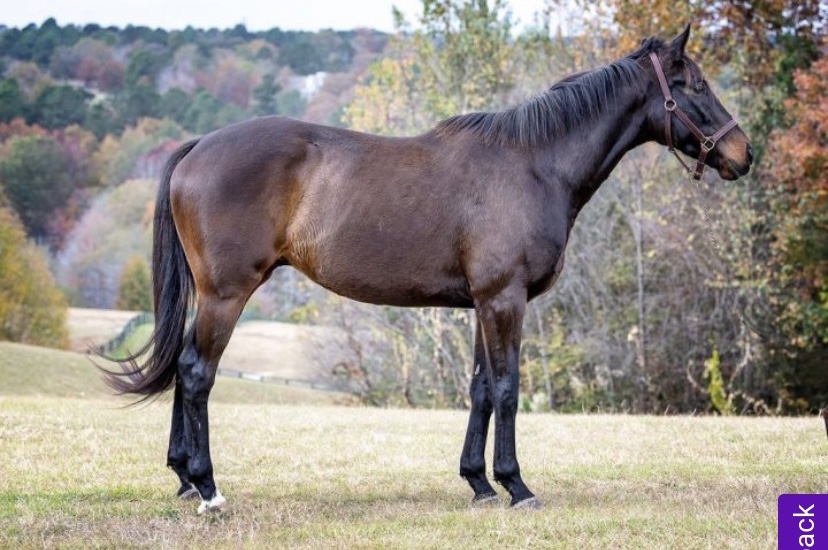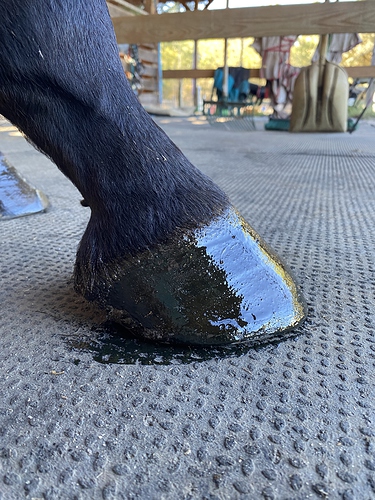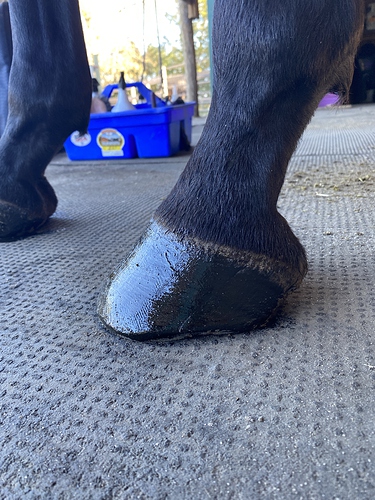I adopted my first horse, a 3 year old OTTB, back in January. He was only raced once, so he was not on the track for very long. He has since turned 4. Since I got him, we have been dealing with him curling behind the bit, especially in canter, after jumping, and generally when he is feeling fresh. He just gets so on the forehand and totally evades contact when I try to ask him to rock back onto his hind end and lift his head up. We’ve mostly worked it out from the trot at this point, and it does seem to be improving at the canter a bit but still remains a big obstacle in our riding.
He went through a bucking phase for a few months this summer where anytime he would pick up the canter he would buck, and every few steps he would buck. I got a saddle fitter out and got him a different saddle, which he did not buck in for ~ 3 months until the other day when it felt like we were back to square one with extreme curling and bucking. Granted, he may have just been fresh, but now I am a bit paranoid. He has a shorter neck, so it makes it easy for him to curl and when he’s down there, it constantly feels like he is going to buck. I’ve tried multiple different kinds of bits, but he curls in anything. He has had chiro and bodywork and other than needing some minor adjustments, has looked pretty good. No signs of girthiness or being upset when putting the saddle on.
I am wondering if anyone has had the experience of a horse curling due to back pain. That, combined with the bucking, is making me wonder if this is more than just a training issue. I have been trying to put off getting X-rays to look for KS as I am hoping these could just be baby TB shenanigans (not to mention they are very expensive!), but perhaps it is time I bite the bullet for peace of mind.
Any thoughts or experiences are appreciated!



